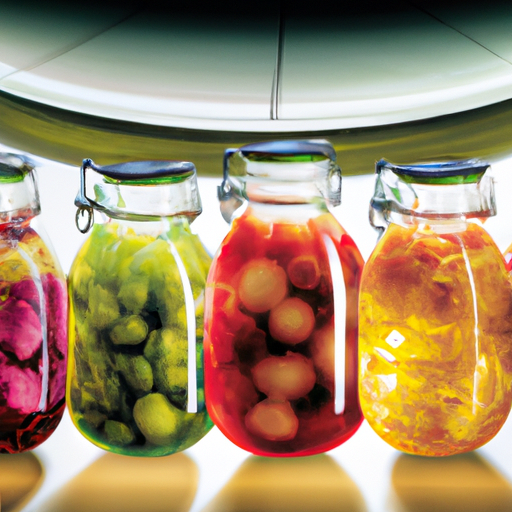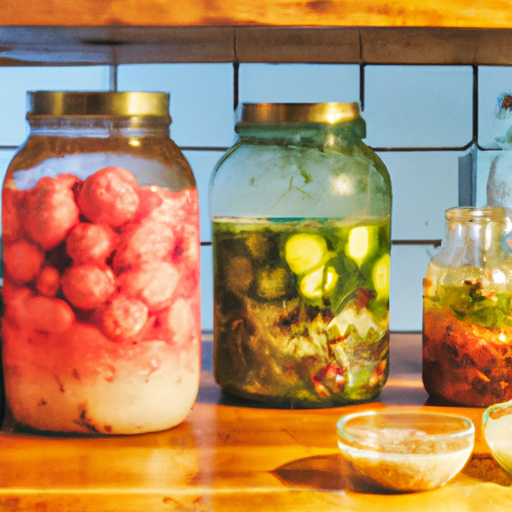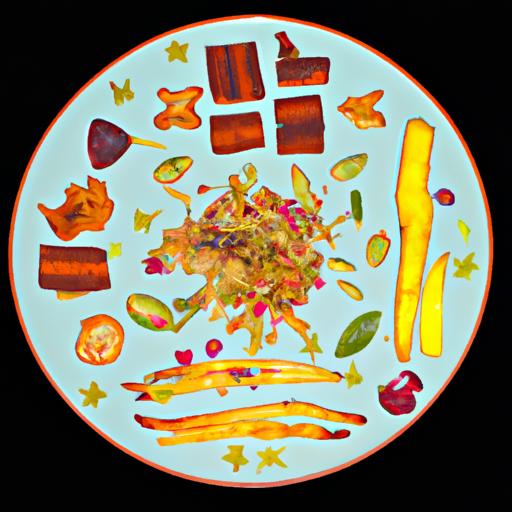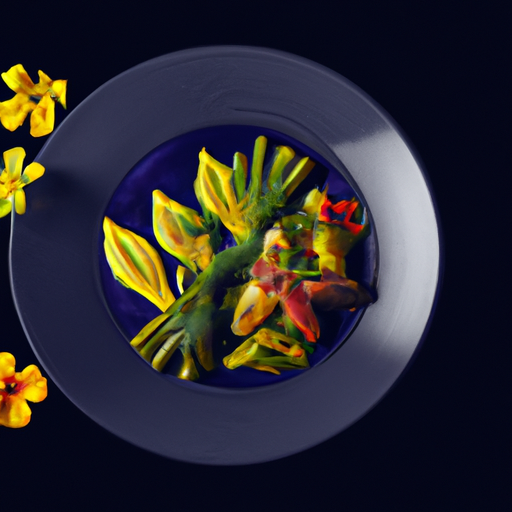Discover how traditional fermentation methods are revolutionizing contemporary cooking and improving gut health. Top chefs worldwide are incorporating fermented ingredients to create unique flavor profiles and sustainable preservation techniques. Learn how to master basic fermentation at home with expert guidance and scientific insights.

In recent years, fermentation has emerged from its traditional roots to become one of the most influential trends in modern gastronomy. This ancient preservation technique, once primarily associated with kimchi and sauerkraut, has evolved into a sophisticated culinary art form that's reshaping how we think about flavor, nutrition, and food sustainability.
The science behind fermentation is fascinating yet surprisingly accessible. At its core, fermentation is a metabolic process where microorganisms like bacteria and yeasts convert carbohydrates into acids, gases, or alcohol. This natural process not only preserves food but also creates complex flavor profiles and enhances nutritional value. The lactic acid bacteria involved in fermentation produce beneficial compounds that can improve gut health, boost immune function, and even influence mental well-being through the gut-brain axis.
Modern chefs are pushing the boundaries of fermentation beyond traditional applications. Restaurants worldwide are experimenting with unique ingredients and combinations, creating everything from fermented honey garlic to coffee kombucha. These innovative approaches are not just about preservation anymore; they're about creating new flavors, textures, and culinary experiences that weren't possible before.
For home cooks looking to explore fermentation, starting with simple projects is key. Begin with basic sauerkraut or kombucha, which require minimal equipment and ingredients. The process teaches patience and observation skills, as successful fermentation depends on understanding environmental factors like temperature, salt concentration, and time. Many experienced fermenters keep detailed logs of their projects, noting changes in flavor, texture, and appearance throughout the process.
Safety is paramount when fermenting at home. Proper sanitization of equipment, understanding pH levels, and recognizing signs of successful versus failed fermentation are crucial skills. While the process is generally safe, knowing what to look for – both good and bad – ensures consistent success and prevents any potential issues.
The environmental impact of fermentation cannot be overlooked. This preservation method requires minimal energy input, reduces food waste, and can help create a more sustainable food system. By extending the shelf life of seasonal produce through fermentation, we can reduce our reliance on energy-intensive preservation methods and transportation of out-of-season foods.

Fermentation also plays a crucial role in developing umami flavors, often described as the fifth taste. This savory depth is highly valued in contemporary cuisine, and fermented ingredients can add complexity to dishes without relying on artificial additives or excessive salt. Understanding how to harness these natural flavor enhancers can dramatically improve your cooking.
The commercial food industry has taken notice of the fermentation trend, leading to increased availability of fermented products and equipment. However, the real magic happens when you create these transformative foods at home. The process connects us to ancient food traditions while allowing for modern creativity and experimentation.
As we look to the future, fermentation continues to evolve. Research into different strains of beneficial bacteria, new combinations of ingredients, and innovative applications keeps pushing the boundaries of what's possible. The intersection of traditional knowledge and modern science is creating exciting possibilities for both professional chefs and home cooks.



